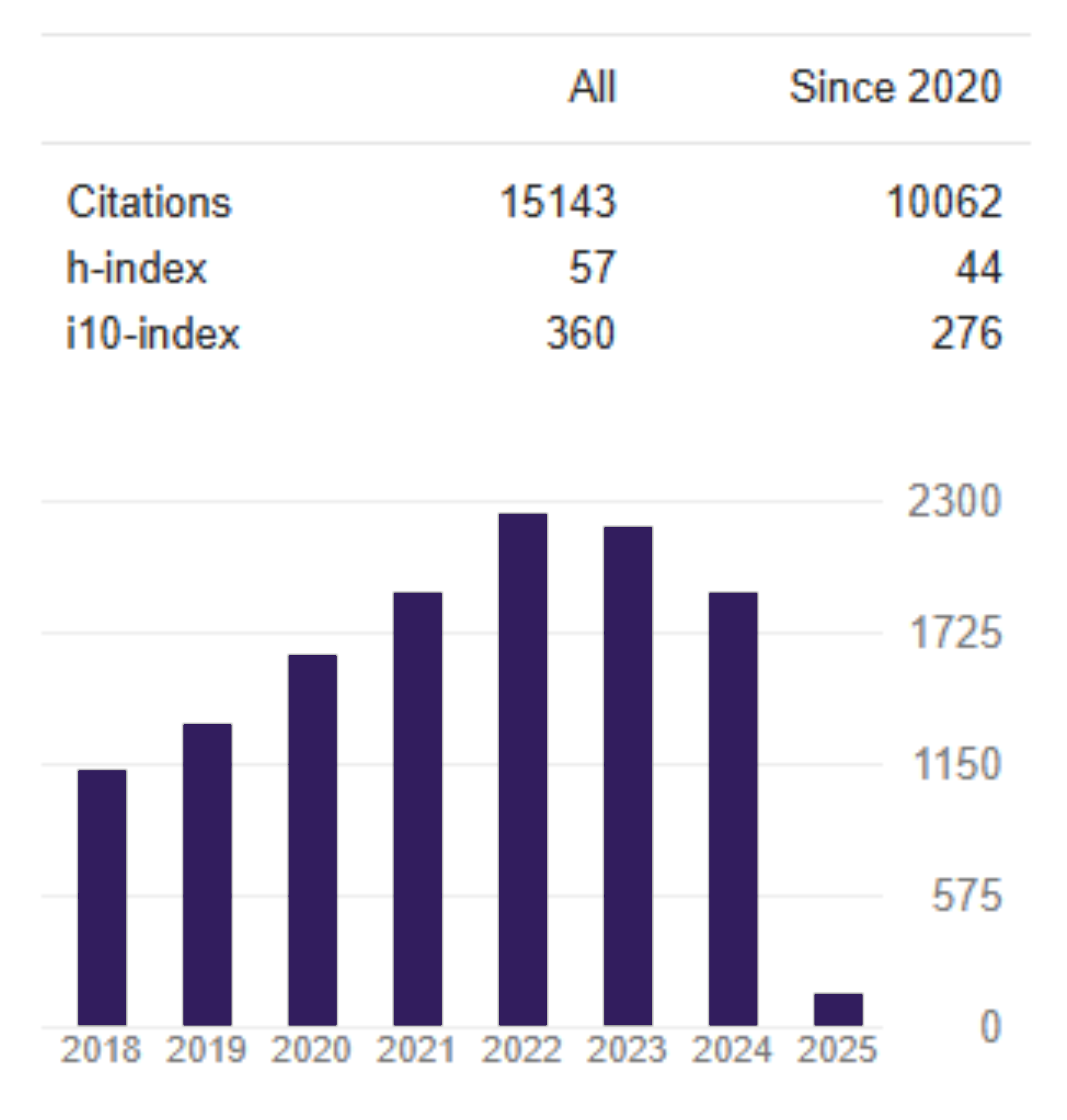The Comparison of Investment Decision Frame and Belief-adjustment Model on Investment Decision Making
DOI:
https://doi.org/10.26905/jkdp.v22i3.1880Keywords:
Belief-Adjustment Model, Investment Decision, Investment Decision Frame, Order Effect, Presentation PatternAbstract
Investors sometimes performed the irrational behavior in the stock market. Framing indicated that decision maker would respond with different ways on the problem of the similar decision if the problem was presented in different format. Framing effect was need to be wary because it can created bias in decision making. We examined investment decision making based on belief-adjustment model and investment decision frame.  The research method a mixed design experiment (between and within subject). Research participants in this research were non-professional investors. The numbers of participants in this research were 113 people. We found that participants gave a different response when receiving non-accountancy information (expressive decision frame) with different presentation patterns that were step-by-step and end-of-sequence. The other findings of these research showed that there was no different response between participants receiving accountancy information (financial decision frame) and participants receiving non-accountancy information (expressive decision frame) in end-of-sequence presentation pattern. However, when participants received accountancy information compared to non-accountancy information in step-by-step presentation pattern, it showed that there was a different response. The overall results of the study indicated that the investment decision frame affects the investment decision making when the information presentation pattern was step-by-step.
JEL Classification: D82, G11
DOI: https://doi.org/10.26905/jkdp.v22i3.1880
Downloads
References
Abdelkarim, N., Shahin, Y. A., & Arquawi, B. M. (2009). Investor perception of information disclosed in financial reports of Palestine securities exchange listed companies. Accounting and Taxation, 1(1), 45–61.
Alattar, J. M., & Al-Khater, K. (2007). An empirical investigation of users’ views on corporate annual reports in Qatar. International Journal of Commerce and Management, 17(4), 312–325. https://doi.org/10.1108/10569210710844381
Alvia, L., & Sulistiawan, D. (2009). Pengujian efek resensi dan pengetahuan pada penyajian informasi analisis fundamental dan teknis: Studi eksperimen pada pengambilan keputusan investasi saham. Symposium Nasional Akuntansi 12 Palembang.
Almilia, L. S. (2013). Model belief-adjustment dalam pengambilan keputusan investasi. Disertasi. Program Doktor Fakultas Ekonomi Universitas Gadjah Mada Yogyakarta.
Almilia, L. S., Hartono, J., Nahartyo, E., & Supriyadi. (2013). Examining the effects of presentation patterns, orders, and information types in investment decision making. Gadjah Mada International Journal of Business, 15(2), 171-182. https://doi.org/10.22146/gamaijb.5701
Almilia, L. S., & Supriyadi. (2013). Examining belief-adjustment model on investment decision making. International Journal of Economics and Accounting, 4(2), 169–183. https://doi.org/10.1504/IJEA.2013.055171
Almilia, L. S., & Wulanditya, P. (2016). The effect of overconfidence and experience on belief-adjustment model in investment judgement. International Research Journal of Business Studies, 9(1), 39–47. https://doi.org/10.21632/irjbs.9.1.39-47
Ang, N. P., & Trotman, K. T. (2015). The utilization of quantitative and qualitative information in groups’ capital investment decision. Behavioral Research in Accounting. 27(1), 1–24. https://doi.org/10.2308/bria-50917
Angraeni, A., & Almilia, L. S. (2017). Model belief-adjustment dalam pengambilan keputusan investasi berdasarkan informasi non akuntansi. Jurnal Ekonomi dan Bisnis, 20(1), 145–168. https://doi.org/10.24914/jeb.v20i1.923
Astania, A., & Almilia, L. S. (2017). Mitigation of order effects on investment decision making. The Indonesian Accounting Review, 6(2), 136–143. https://doi.org/10.14414/tiar.v6i2.678
Brown, J. L., & Moser, D. V. (2017). Does investors’ desire to punish misreporting affect their litigation decisions and managers’ and investors’ welfare? Behavioral Research in Accounting, 29(1), 57-75. https://doi.org/10.2308/bria-51559
Daigle, R. J., Pinsker, R. E., & Pitre, T. J. (2015). The impact of order effect on nonprofessional investors’ belief revision when presented a long series of disclosures in an experimental market setting. Accounting Horizon, 29(2), 313–326. https://doi.org/10.2308/acch-50997
Glac, K. (2009). Understanding socially responsible investing: The effect of decision frames and trade-off options. Journal of Business Ethics, 87, 41–55. https://doi.org/10.1007/s10551-008-9800-6
Hockerts, K., & Moir, L. (2004). Communicating corporate responsibility to investors: The changing role of the investor relations function. Journal of Business Ethics, 52(1), 85–98. Retrieved from: http://www.jstor.org/stable/25075234
Hogarth, R. M., & Einhorn, H. J. (1992). Order effect in belief updating: The belief-adjustment model. Cognitive Psychology, 24(1), 1–55. https://doi.org/10.1016/0010-0285(92)90002-J
Kahneman, D., & Tversky, A. (1979). Prospect theory: An analysis of decision under risk. Econometrica, 47(2), 263–292.
Ketchand, A. A., & Strawser, J. R. (2001) Multiple dimensions of organizational commitment: Implications for future accounting research. Behavioral Research in Accounting, 13(1), 221-251. https://doi.org/10.2308/bria.2001.13.1.221
Kusumawardhani, H., & Almilia, L. S. (2015). Pola penyajian informasi dan keputusan investor yang irasional. Jurnal Bisnis dan Ekonomi, 22(2), 140–153. Retrieved from: https://www.unisbank.ac.id/ojs/index.php/fe3/article/view/4147
Laskin, A. V. (2018). The third-person effects in the investment decision making: A case of corporate social responsibility. Corporate Communications: An International Journal, 23(3), 456-468. https://doi.org/10.1108/CCIJ-10-2017-0099
Miller, B. P. (2010). The effects of reporting complexity on small and large investor trading. The Accounting Review, 85(6), 2107-2143. https://doi.org/10.2308/accr.00000001
Nisa, A. K. (2017). Belief-adjustment model test in investment decision making: experimentation of short information series. The Indonesian Accounting Review, 7(1), 15–30. https://doi.org/10.14414/tiar.v7i1.943
Pinsker, R. (2011). Primacy or recency? A study of order effects when nonprofessional investors are provided a long series of disclosures. Behavioral Research in Accounting, 23(1), 161–183. https://doi.org/10.2308/bria.2011.23.1.161
Pravitasari, N. P., & Almilia, L. S. (2015). Pengaruh pola penyajian end-of-sequence (EOS) dan seri informasi pendel dalam pengambilan keputusan investasi. Jurnal Bisnis dan Ekonomi, 22(2), 129–139. Retrieved from: https://www.unisbank.ac.id/ojs/index.php/fe3/article/view/4146
Sharma, D. S. (2006). Effects of professional and non-professional investors’ perceptions of board effectiveness on their judgments: An experimental study. Journal of Accounting and Public Policy, 25(1), 91–115. https://doi.org/10.1016/j.jaccpubpol.2005.11.004
Wahyuni, S., & Hartono, J. (2012). Reminder effect and anchoring-adjustment in earnings announcement: Implementation of prior-period benchmark disclosure strategy. Journal of Indonesian Economy & Business, 27(3), 390–405. https://doi.org/10.22146/jieb.6241
Downloads
Published
Issue
Section
License

This work is licensed under a Creative Commons Attribution-ShareAlike 4.0 International License.



